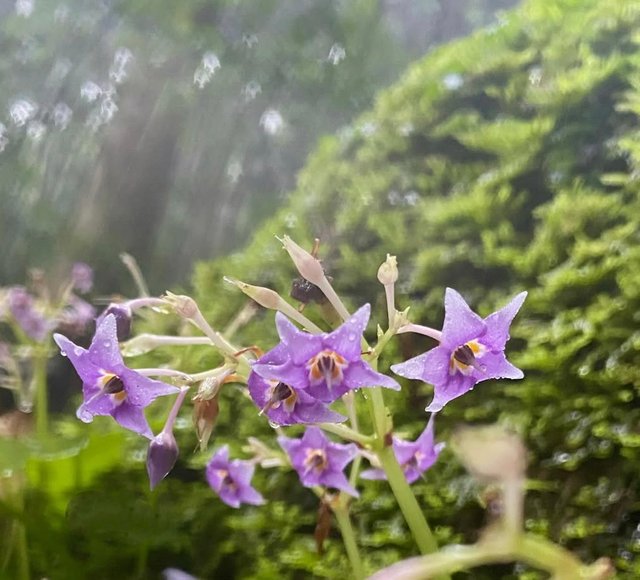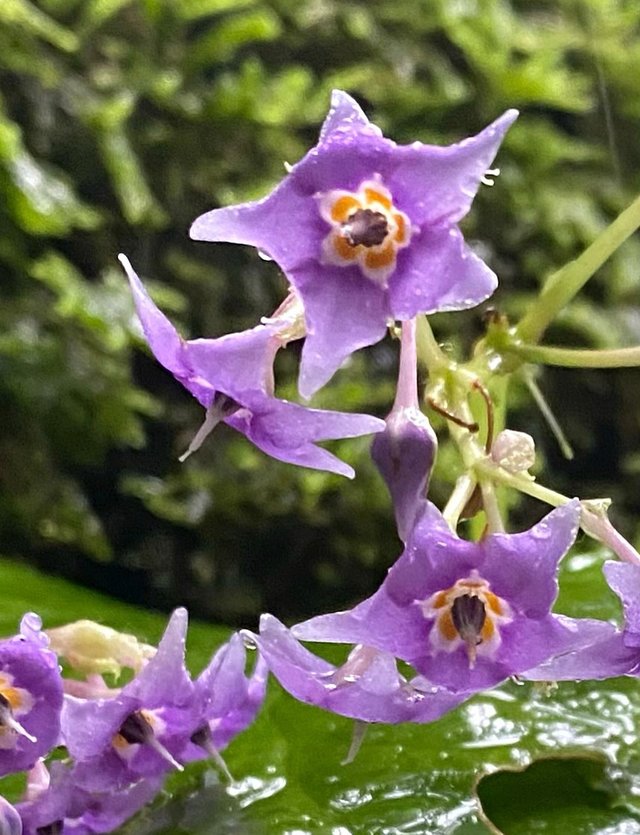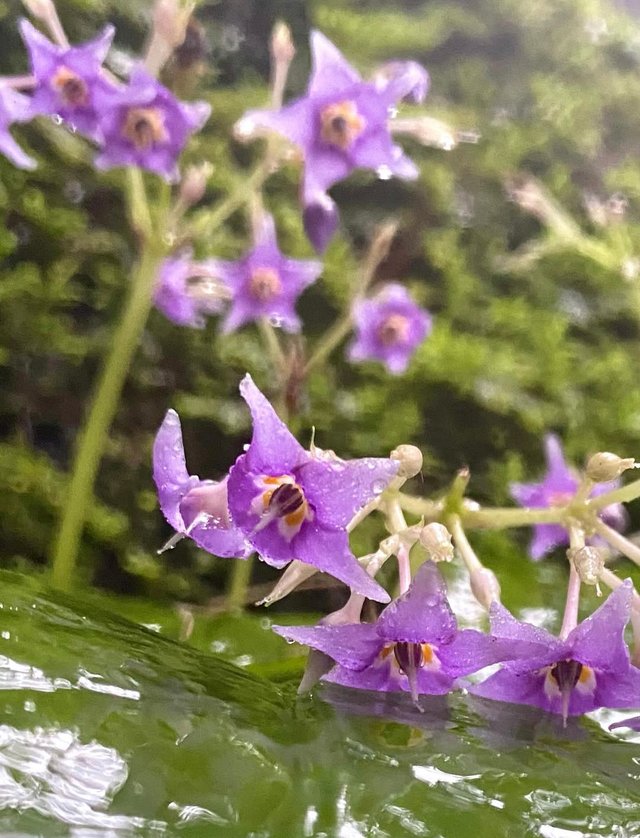Nightshade
Nightshade is a common name used to describe various plant species within the Solanaceae family, which includes both edible and poisonous varieties. The most widely known species is Atropa belladonna, also called deadly nightshade, which is native to Europe, North Africa, and Western Asia and is infamous for its toxic alkaloids such as atropine, scopolamine, and hyoscyamine. These compounds affect the nervous system and can cause symptoms ranging from dry mouth, blurred vision, and hallucinations to severe poisoning or death if ingested in high amounts.
Despite its toxicity, belladonna has been historically used in medicine for its antispasmodic properties, as well as in cosmetics during the Renaissance to dilate pupils for beauty purposes. The nightshade family also includes edible plants like tomatoes, potatoes, eggplants, and peppers, showing the wide diversity within the group. Many nightshade species bear small, often colorful berries that may appear attractive but can be highly poisonous to humans and animals. They typically have tubular or star-shaped flowers, often purple, white, or yellow, with five lobes and a distinctive structure.
Nightshades thrive in a variety of habitats, from woodlands and hedgerows to cultivated gardens, but their presence should be approached with caution. In folk traditions and mythology, nightshade plants have often been associated with witchcraft, dark magic, and mystery due to their potent effects and historical use in potions. While some members of the nightshade family are staples in global cuisine, others remain hazardous, requiring careful identification before use. Their chemical compounds continue to be studied for both medicinal and pharmacological purposes, making nightshade a plant group that is both dangerous and fascinating in the realms of botany, history, and medicine.



